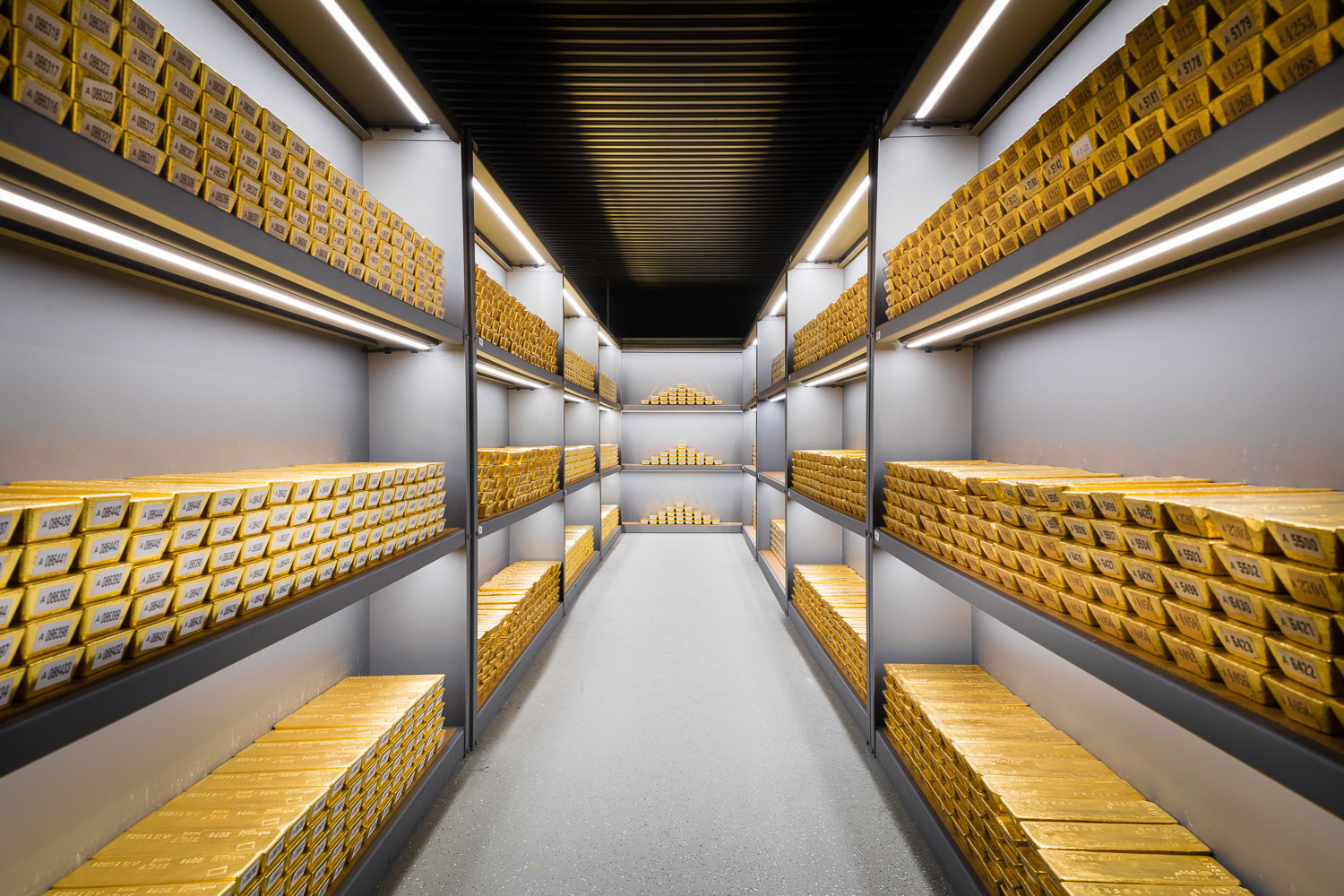Site visit: Reunion Gold speeds up drilling at Oko West in Guyana en route to 2023 resource

On a 35-minute helicopter ride from Guyana’s capital of Georgetown to Reunion Gold’s (TSXV: RGD) Oko West project in the Cuyuni mining district, it’s easy to see where the South American country got its nickname — the land of many waters. We fly over the Demerara River and the mighty Essequibo River which leads down to Bartica — a town of 20,000 that’s also a gold mining gateway and lies at the confluence of three rivers — Essequibo, Mazaruni and Cuyuni.
The bird’s-eye view also makes it easy to see that Reunion is in the right place to look for gold. As we get closer to the project, 95 km southwest of Georgetown, past and current artisanal mining operations come into view through the dense forest canopy.
Reunion has a history exploring the 400,000-sq.-km Guiana Shield in Guyana and neighbouring Suriname and French Guiana dating back to 2012. Its executive chairman David Fennell has an even longer history in the region going back to the early 1980s. Fennell, a mining veteran and founder of Golden Star Resources, which built and operated the Omai gold mine in Guyana with Cambior in the early 1990s, was also key in the discovery and development of the Gross Rosebel mine in Suriname (recently sold by Iamgold [TSX IMG; NYSE: IAG] to Zijin Mining).
Optioned in 2018, the Oko West claims are newer to Reunion’s portfolio. But it didn’t take long before it made a promising discovery that it’s now quickly advancing towards a first resource.
Despite the artisanal workings in the area, the company’s big find at Oko West — the Kairuni zone — was not discovered by small scale miners (although there is evidence of them throughout the concession), but through geochemical testing.
Soil sampling in early 2020 at the project, which is on strike with and adjacent to G2 Goldfields’ (TSXV: GTWO) separate Oko project to the north, outlined a 6-km gold-in-soil anomaly while following up on a 2019 airborne magnetic geophysical survey. The discovery was confirmed by trenching in late 2020 that returned highlights of 69 metres of 5.98 grams gold per tonne and 34.5 metres of 5.5 grams gold.
{{ commodity.name }}
{{ post.title }}
{{ post.date }}

Comments